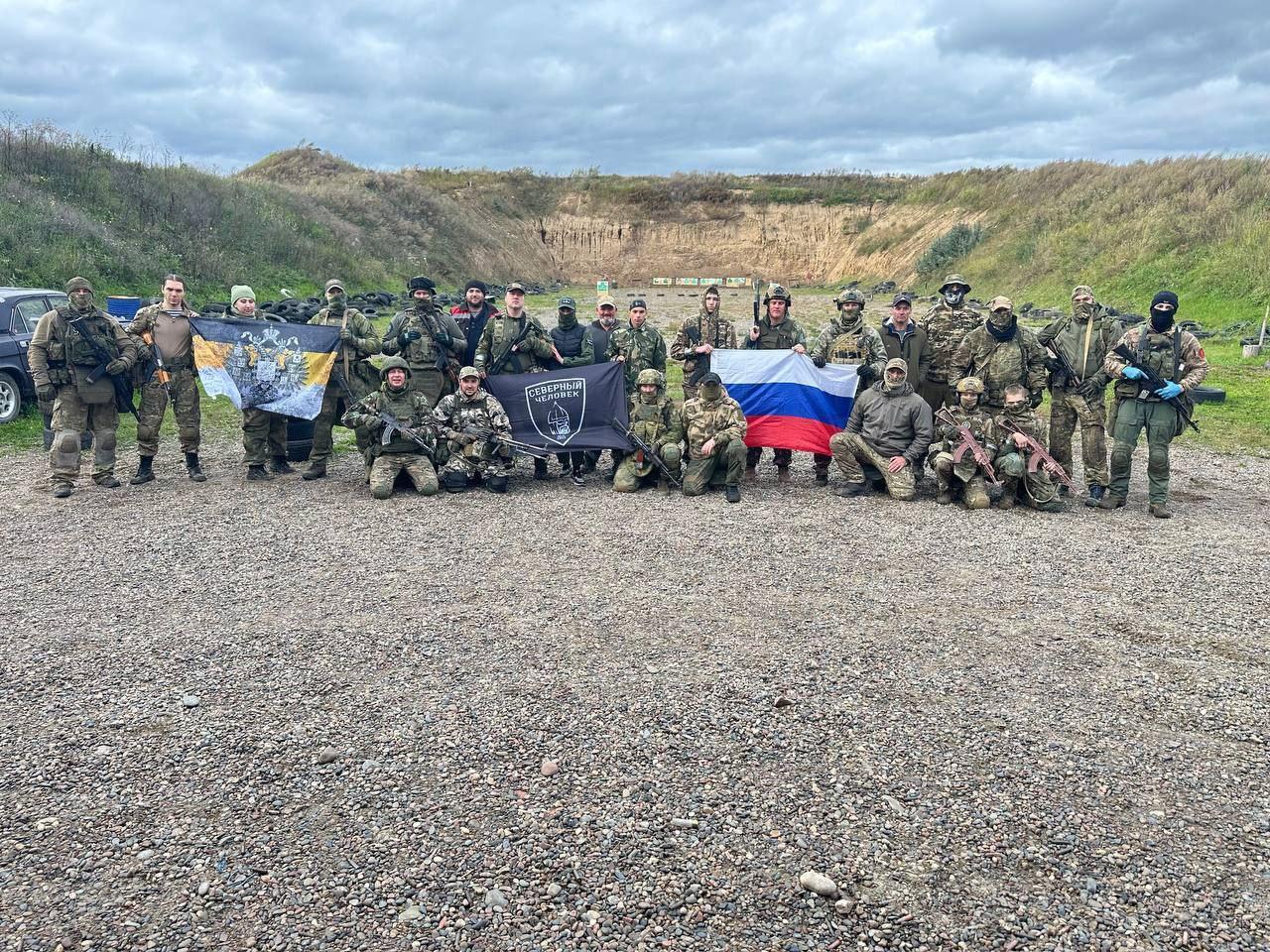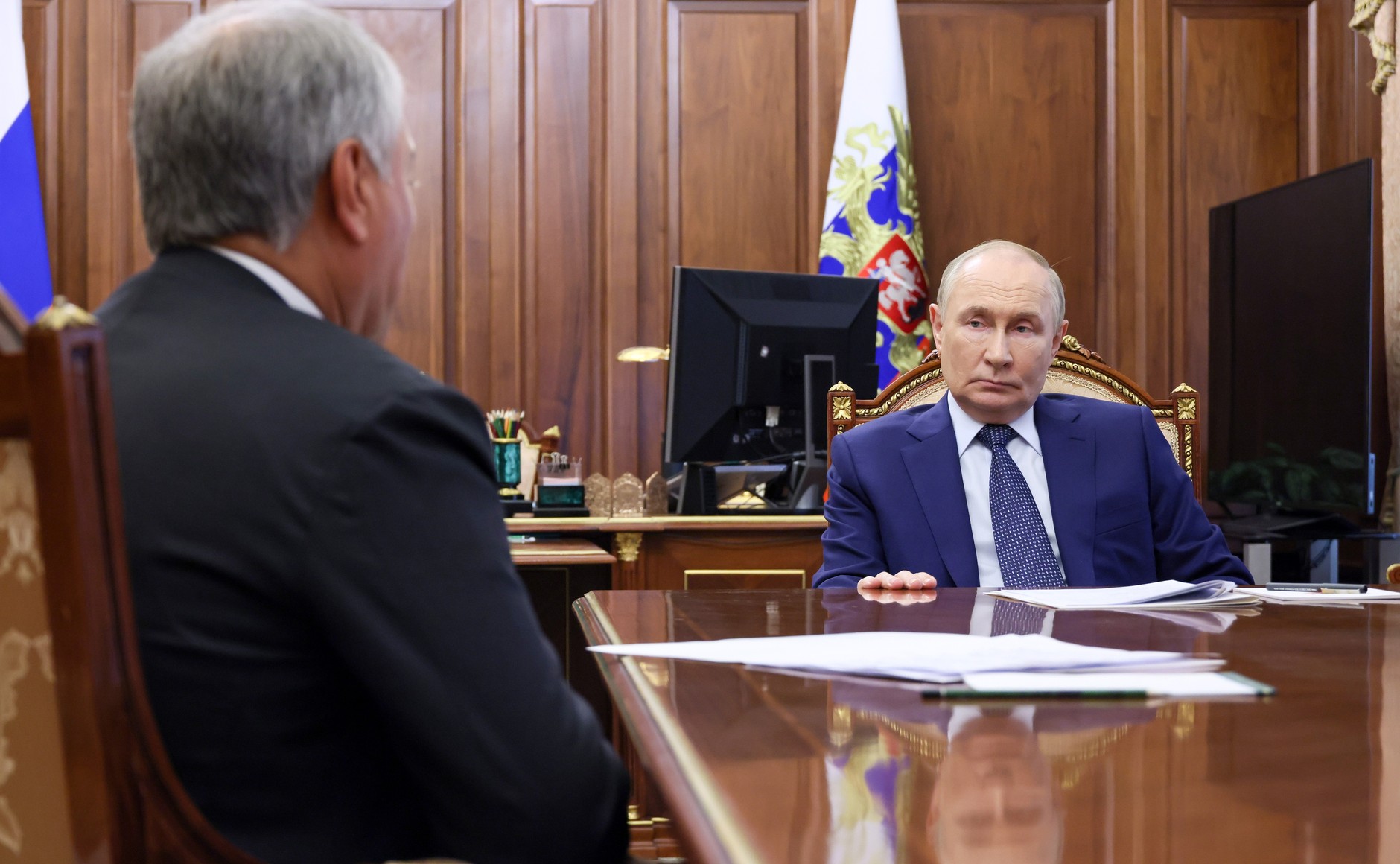
Kazakhstan Faces Three Kinds of Separatist Threats
Kazakhstan Faces Three Kinds of Separatist Threats
More than any other non-Russian country in the post-Soviet space, Kazakhstan now faces separatist challenges that were structured into it by Joseph Stalin in the 1920s and 1930s, when he included large and predominantly ethnic-Russian-populated regions in the north within the republic’s borders. The Soviet dictator did so to prevent the Kazakhs from combining with other Central Asians against Moscow. He recognized that Kyrgyzstan, Tajikistan and Turkmenistan would never join together with giant Uzbekistan unless the latter was counter-balanced by Kazakhstan, a possibility Stalin was committed to preventing. Indeed, Stalin and the Soviets pointedly always referred to the entire region as “Central Asia and Kazakhstan” rather than just “Central Asia,” as most in Russia and abroad have done since 1991. Demographic changes have reduced some of this particular historically induced threat—ethnic Russians have not formed a plurality in Kazakhstan since 1986, and represent an ever-declining share of the population—but it has not been eliminated. And according to Kazakh analysts, their country now faces other separatist challenges as well.
Many Kazakhstanis are asking three questions about these risks, openly referred to by some local analysts as “the specter of separatism”: How serious are these risks in fact? Where do they come from—abroad or at home? And what can Kazakhstan’s government do to “reduce separatist attitudes to a minimum” by pursuing carefully selected domestic reforms and foreign policy initiatives? (Central Asia Monitor, October 13). But although analysts assert that these three questions are now more important than ever to resolve, the Kazakhstani government has yet to offer a response to any of them.
Kazakhstani political scientist Dosym Satpayev says that despite the authorities’ official silence, his fellow countrymen recognize Kazakhstan is currently confronted by three different kinds of separatism, which, if unaddressed or not countered, could easily reinforce one another. First of all, there is ideological separatism, driven by neo-imperialist or radical Islamist ideas. Recent events in Turkey and Ukraine, he suggests, show just how quickly Kazakhs could “become victims not only of a foreign information war or foreign propaganda but of a foreign identity.” To counter this, Kazakhstan must promote a Kazakh identity; but that can emerge only on the basis of economic and political reforms and not by diktat from the government (Central Asia Monitor, October 13).
Second, Kazakhstan faces what could be called “economic ‘separatism,’ ” that is, the desire of regions to have more authority than they are granted by the Constitution, which defines the country as a unitary state. Those regions that are doing well—either due to their own efforts or thanks to foreign investment—increasingly see the central government as a problem because it takes resources from them to support lagging regions. This policy can generate separatist ideas as well.
The third risk, which often arises as a result of the coming together of the first two, is “classical territorial separatism.” In such a scenario, a region and its population come to view their interests as having been ignored by the central government. Kazakhstanis began to talk about this threat after the (Moscow-driven) outbreak of war in Donbas, over three years ago. Some have even concluded they might become victims (or in some cases beneficiaries) of a similar Russian strategy directed against Kazakhstan (see EDM, December 16, 2014).
The government in Astana, Satpayev says, has responded by introducing more draconian punishments against anyone calling for changes to the country’s borders or against those who participate in separatist movements in eastern Ukraine. But the authorities have not, he suggests, taken sufficient actions to address regional differences in the economic situation, which can trigger such separatist challenges. He thus urges the creation of educational clusters and economic development zones in the poorest areas.
A second Kazakhstani political scientist, Rasud Zhumaly, is even blunter about a different source of the threat. Kazakhstan has all the laws it needs to counter separatism arising at home, he says; but it has failed to take a tough enough line against foreign—predominantly Russian—support for separatist ideas inside the Central Asian republic. “The foreign ministry must be very tough and categorical” about this, Zhumaly declares, but “unfortunately, it still conducts itself in too soft a way, despite provocative declarations from Russian politicians” (Central Asia Monitor, October 13).
Astana, he argues, must do three things to counter the three threats: It must conduct its own sophisticated information and ideological work among its people, underscoring the fact that “Kazakhstan is a unitary state, a single country, and the motherland of all the peoples and ethnic groups living there.” It must introduce severe limits on foreign information providers, so that they cannot sway portions of the population against the country. And perhaps especially important, Zhumaly says, it must work to ensure the balanced development of the country’s regions, so that some are not well off and others left behind.
“In Kazakhstan today,” he continues, “the lion’s share of investments and budget spending is concentrated in two or three regions, while the remainder suffer from inadequate funding.” As a result, “internal migration is growing” and entire regions are being left depopulated, which represents “a threat not only from the point of view of separatism but also from the point of view of the development of the state.”
Astana finally appears to be listening. In the last week alone, the government set migration quotas for within the country (Ratel.kz, October 13), and it banned RT and six other foreign television channels from broadcasting in Kazakhstan (Fergananews.com, October 10). All this indicates that Kazakhstani officials now recognize just how serious the above-cited threats are becoming.


